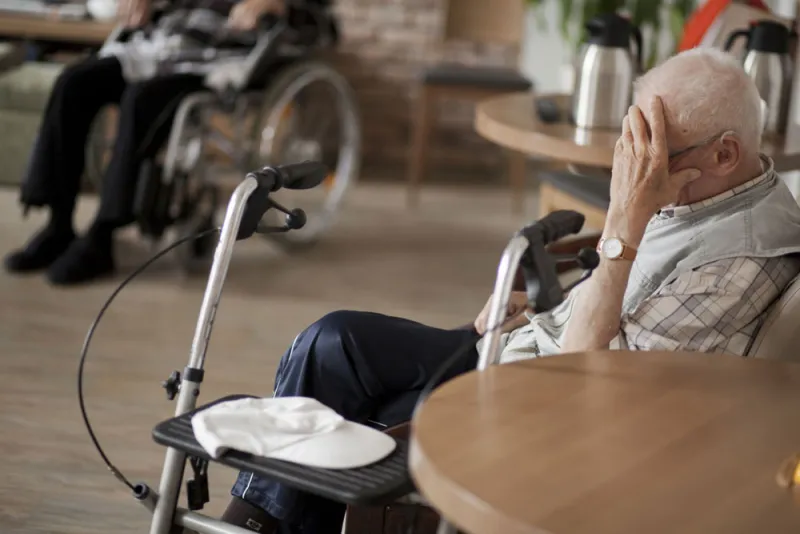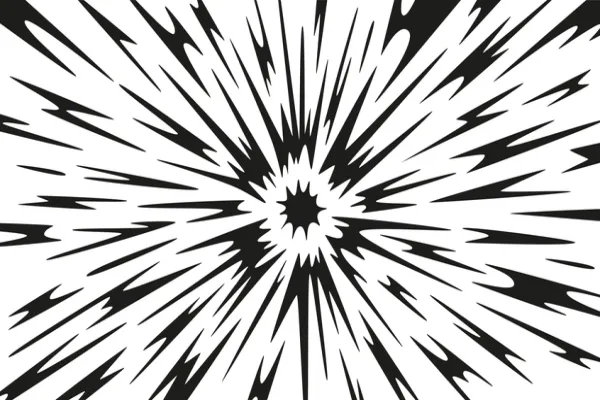Private equity investments in nursing homes could spell trouble for patients and staff, according to new research.
Staff cuts at private-equity owned nursing homes appear to be responsible for declines in patient health and compliance with care standards, according to a paper published in February by researchers at the University of Pennsylvania, the University of Chicago, and New York University.
The research is particularly notable as nursing homes nationwide are struggling to handle coronavirus infections. Although none of the major nursing homes affected at present are private-equity owned, that could change as the virus rapidly spreads.
Nursing homes are a large sector in healthcare in the United States, according to the paper, “with $166 billion in spending in the U.S. in 2017 and projected to grow by about 50 percent to $240 billion in 2025.”
The sector is dominated by public spending, with public programs accounting for 85 percent of insurer payouts, the paper said. This is compared with 55 percent for hospitals and 45 percent for physician services.
This dearth of public spending is one of the major reasons for the declines in care standards at nursing homes, according to one of the paper’s authors, Sabrina Howell, who is the assistant professor of finance at New York University’s Stern School of Business and a faculty research fellow at the National Bureau of Economic Research.
“When you have a lot of government subsidies in imperfect markets, coupled with product and price opacity, the drive to increase profits and firm value is not as well-aligned with consumers,” Howell said by phone Wednesday.
Howell contrasted this with a consumer buying a hamburger at McDonald's.
“You are the source of the revenue and you consume the hamburger,” she said. “The revenue and the consumer are closely tied together. In the case of nursing homes, you have the separation of care and revenue.”
Howell — along with her fellow researchers, Atul Gupta, Constantine Yannelis, and Abhinav Gupta — used several sources of data to compile the research. These included data from the Center for Medicare & Medicaid Services, a proprietary list of deals in the “elder and disabled care” sector compiled by Pitchbook, a list of deals from market intelligence firm Levin Associates, and other data found via internet searches.
The group analyzed a total of 119 unique private equity deals starting in the year 2004, the paper showed, with the authors noting that it was difficult to determine whether they comprehensively captured private equity activity in the sector during the period. The biggest nursing home investors during that time period were Onex Partners, with 325 investments; Hillview Capital, with 162 investments; the Carlyle Group, with 140 investments; and Stockwell Capital, with 140 investments.
The research showed that private equity-owned nursing homes were able to fill more beds than their peers, as patient volume at these acquired facilities increased by eight percent. At the same time, nursing staff declines following buyout deals. Total nursing staff hours fell by 1.4 percent, the research showed.
These measures combined resulted in the addition of nearly $770,000 to the average private equity-owned nursing home each year, according to the paper.
[II Deep Dive: Berkshire Hathaway Bet Big on Dialysis Giant DaVita. Jim Chanos Thinks It’s a Scam.]
As this all happened, though, five-star ratings from the Center for Medicare & Medicaid Services declined. These ratings measure “non-compliance with federal guidelines on quality of care, facility infrastructure, managerial quality, and patient rights; nurse staffing compliance with guidelines; and patient health outcomes computed using administrative data,” according to the paper.
On average, the five-star rating following buyouts declined by 7.7 percent of the mean rating, according to the paper. Another quality measure, re-hospitalization rate after 30-days, increased by 0.5 percentage points post-buyout, the paper said.
“The particular incentives of PE managers appear responsible, as quality does not decline after acquisitions by non-PE corporates and chains,” the authors wrote.







